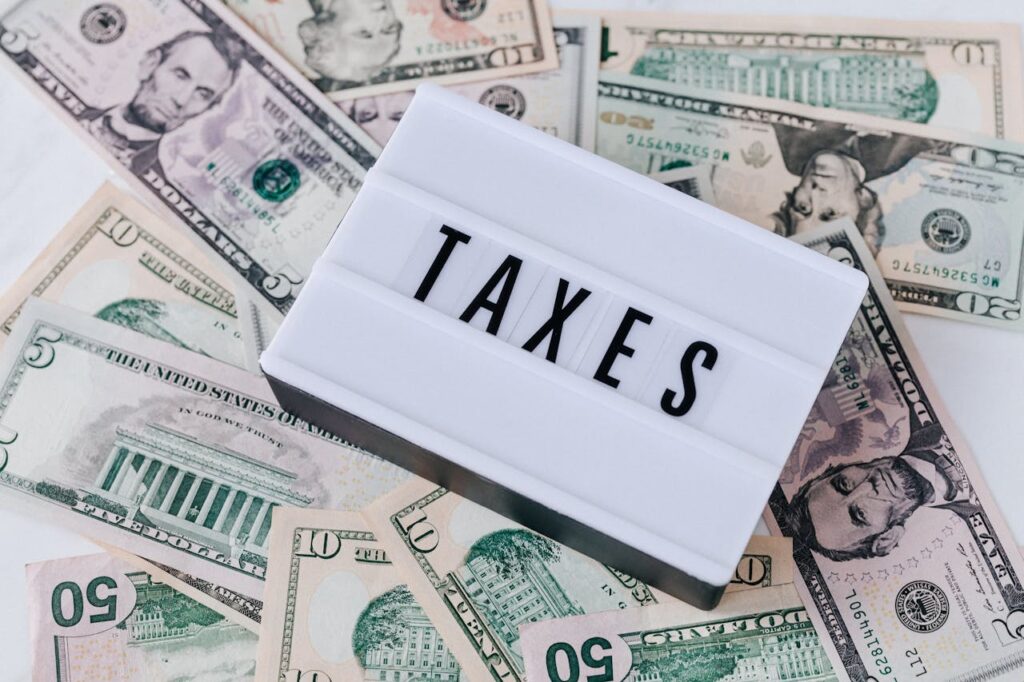When making payments, managing finances, or purchasing goods and services online, you’ve probably encountered the term “Visa” as an option. But what exactly does “Visa an option” mean, and how does it affect your ability to make transactions? Whether you’re new to using payment cards or just curious about your options, this blog will explain what Visa is, why it’s a popular payment method, and how you can use it effectively.
What is a Visa?
Visa is one of the world’s largest and most widely recognized financial services companies. It primarily provides a global payments network that allows individuals, businesses, and financial institutions to make and receive payments electronically.
At the core of Visa’s services are its payment cards — credit cards, debit cards, and prepaid cards — that allow consumers to make purchases in-store, online, and across various countries without carrying cash. Visa cards are accepted by millions of merchants worldwide, and its network ensures that payments are processed quickly and securely.
“Visa an Option” in the Context of Payments
When you see “Visa an option” on a website, app, or payment terminal, it means that Visa cards (credit, debit, or prepaid) are accepted as payment. It indicates that you can use your Visa card to complete a transaction by entering your card details online or swiping/placing your card in a point-of-sale (POS) terminal at physical stores.
Suppose you’re wondering whether or not a Visa is an option for a particular purchase or payment. In that case, whether that merchant accepts your Visa card is usually a simple question. The presence of Visa’s logo on a payment screen or physical terminal usually confirms that it’s an accepted payment method.
Why is Visa So Popular?
Visa’s widespread use and popularity stem from several factors that make it a convenient and secure payment method. Here are some reasons why Visa is such a prominent option for consumers:
- Global Acceptance: Visa cards are accepted at millions of locations worldwide. Whether shopping in your hometown or traveling abroad, Visa is recognized as one of the leading global payment systems.
- Convenience: Visa offers physical cards (like credit or debit cards) and virtual cards for online purchases, making it easy to pay for anything, anytime, anywhere. You don’t need to carry large amounts of cash or worry about international currency when traveling.
- Security: Visa employs advanced security features such as chip technology, tokenization, and fraud monitoring to protect users. If a transaction appears suspicious, Visa’s fraud prevention systems can quickly flag it, ensuring your account remains secure.
- Credit and Debit Options: Visa offers credit and debit card options, giving users flexibility in paying. Credit cards allow users to borrow funds and pay them back later. In contrast, debit cards deduct money directly from your bank account for immediate payment.
- Contactless Payments: With the rise of digital wallets and contactless cards, Visa has embraced technology to offer tap-to-pay options. This means you can tap your card or mobile device to make a payment, adding a layer of convenience for users on the go.
- Rewards and Perks: Many Visa cards have additional benefits such as cashback, travel rewards, and purchase protection. These incentives can add significant value for cardholders, especially those who frequently use their Visa cards.
How to Use Visa as an Option for Payment
If you’re wondering how to use your Visa card as a payment method, here’s a simple guide on how it works:
In-Store Payments
- Swipe or Insert Your Card: If you use a physical Visa credit or debit card, swipe it through the payment terminal or insert it into the chip reader.
- Contactless Payments: Many Visa cards now come with contactless payment features. Tap your card on the payment terminal to complete your transaction. This is often faster and more secure than traditional methods.
- PIN or Signature: Depending on the amount, you may be prompted to enter your PIN or sign to confirm the payment. For larger purchases, using a PIN can enhance security.
Online Payments
- Enter Your Card Information: When shopping online, you’ll be asked to input your Visa card number, expiration date, and CVV code (the 3-digit number on the back of your card).
- Payment Processors: Some websites also offer payment services like PayPal, where you can link your Visa card to your PayPal account. After entering your account information, your Visa card is used to pay through PayPal.
- Digital Wallets: If you use a digital wallet like Apple Pay, Google Pay, or Samsung Pay, you can link your Visa card and pay via your mobile device by tapping it on the reader or through online checkout.
Mobile Payments
- Virtual Cards: Many users now opt for virtual Visa cards, especially for online purchases. These digital cards can be stored or used directly from mobile apps.
- Mobile Wallets: Linking your Visa card to a mobile wallet like Apple Pay, Google Pay, or Samsung Pay lets you pay quickly by tapping your smartphone at the register, offering convenience and security.
Is Visa Always an Option for Every Purchase?
While Visa is widely accepted, it’s important to note that not all merchants or services accept Visa payments. Some small businesses, certain countries, or specific websites might need the infrastructure to process Visa transactions. However, Visa’s global network means it’s one of the most commonly accepted payment methods worldwide.
I came across a situation where something other than Visa was an option. Alternative payment methods may include MasterCard, American Express, or Discover cards. Use digital wallets (PayPal, Apple Pay, etc.) or other payment gateways, depending on what the merchant supports.
Conclusion: Why Visa Is a Great Payment Option
When you see “Visa an option” on a payment screen, it simply means that you can use your Visa card to pay for the goods or services you’re purchasing. Whether you prefer a physical card or a digital wallet, Visa provides one of the most flexible and secure payment methods.



